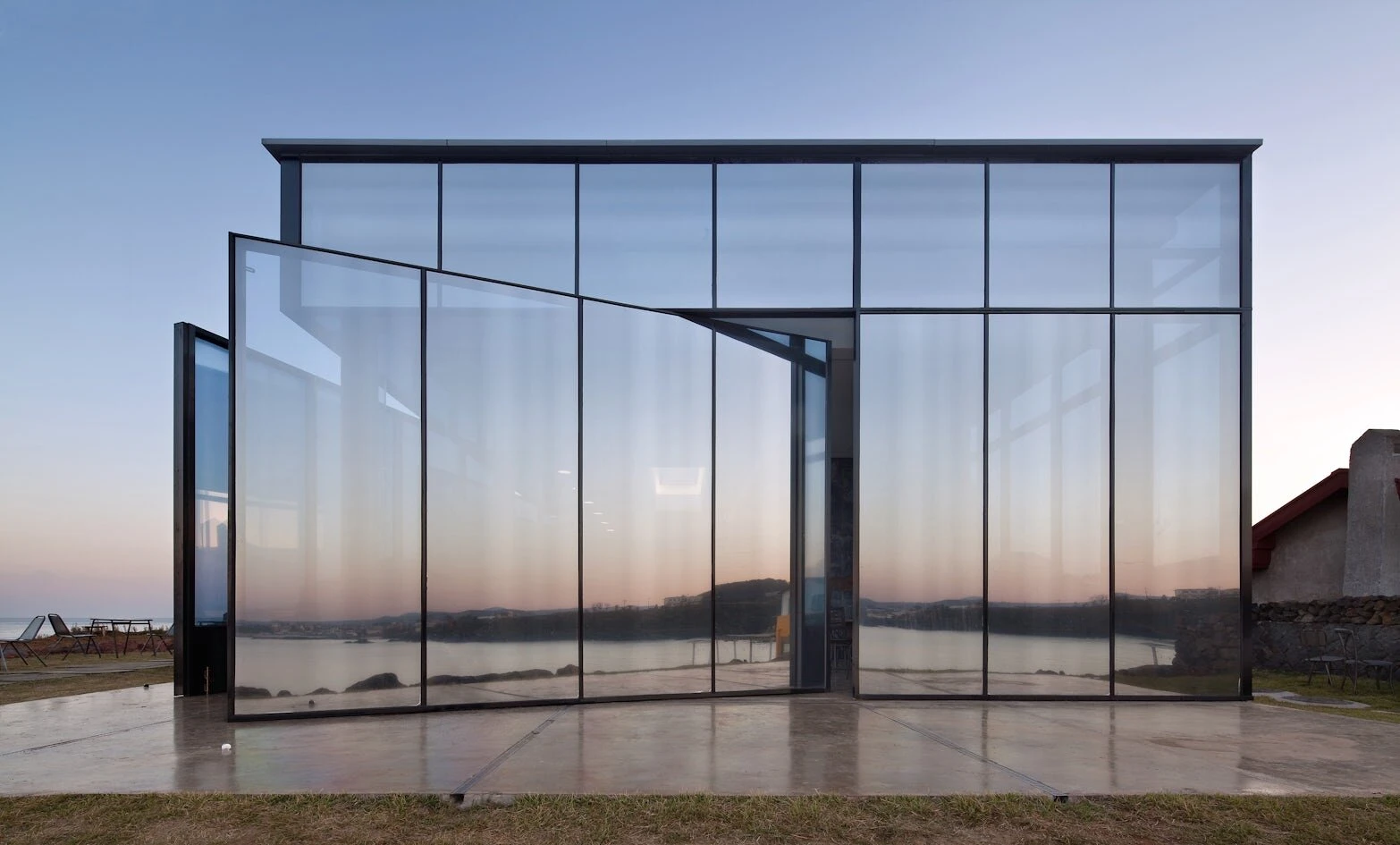

Understanding Low-E Glass Options Enhancing Energy Efficiency in Modern Architecture
Low-emissivity (Low-E) glass is a revolutionary building material that has transformed how we think about energy efficiency in construction. This specialized glass has a microscopically thin coating that reflects heat, keeping buildings warmer in the winter and cooler in the summer. As climate concerns become more pressing, understanding and utilizing Low-E glass options has never been more critical.
What is Low-E Glass?
Low-E glass is designed to minimize the amount of infrared and ultraviolet light that can pass through it without compromising the amount of visible light transmitted. The coating applied to the glass acts as a barrier to heat flow, enhancing its insulating properties. There are two main types of Low-E glass hard coat and soft coat.
Hard Coat Low-E Glass is applied during the manufacturing process when the glass is still molten. This type is highly durable and typically reflects solar heat and can be advantageous in cooler climates.
Soft Coat Low-E Glass, on the other hand, is deposited on the glass in a vacuum chamber after the glass has been manufactured. It offers better thermal performance, making it ideal for regions with extreme temperature variations. It is more delicate than hard coat glass, but its increased efficiency often outweighs concerns regarding durability.
Benefits of Low-E Glass
The primary benefits of Low-E glass revolve around energy efficiency. By reducing the amount of heat transfer, Low-E glass can significantly lower heating and cooling costs. Buildings fitted with Low-E glass can achieve energy savings of up to 25% compared to traditional glass options.

In addition to energy savings, Low-E glass helps improve occupant comfort. By regulating temperature fluctuations within a building, it creates a more consistent environment, reducing drafts and enhancing overall comfort.
Another significant advantage is the protection it offers against harmful UV rays. Standard glass filters some UV rays, but Low-E glass can block up to 99% of them. This feature helps protect furniture, flooring, and artwork from fading, prolonging their lifespan and maintaining the aesthetic integrity of interiors.
Furthermore, Low-E glass contributes to environmental sustainability. By reducing energy consumption, buildings help decrease reliance on fossil fuels for heating and cooling, thus lowering greenhouse gas emissions and contributing to a healthier planet.
Choosing the Right Low-E Glass
When selecting Low-E glass, considerations should include climate, building orientation, and specific energy performance requirements. A home in a colder climate may benefit from a hard coat Low-E glass that reflects heat back into the living space. In contrast, a home in a hot climate might prefer a soft coat product that minimizes heat gain while still allowing for ample natural light.
Working with an experienced architect or builder is invaluable when choosing the appropriate Low-E glass options. They can provide insights based on local climate conditions and prevailing building codes, ensuring you make an informed choice that meets both energy and aesthetic goals.
Conclusion
Low-E glass options are an essential component of modern architectural design, offering significant advantages in energy efficiency, occupant comfort, and environmental sustainability. As the demand for energy-efficient buildings continues to rise, understanding the various types of Low-E glass and their benefits can empower homeowners and builders alike to make informed decisions. Investing in Low-E glass not only enhances the performance of a building but also contributes to a more sustainable future, paving the way for energy-efficient living in years to come.